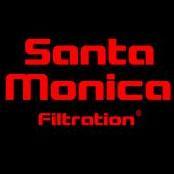Mega Powerful Nitrate and Phosphate Remover - DIY!
-
Topics
-
Latest Update
-
0
WTS MORE REEF FACTORY ITEMS BNIB & USED
As per title, 1x REEF FACTORY KH KEEPER PLUS -$350 ( USED ) 1x REEF FACTORY DOSING PUMP 3 CHANNEL -$180 ( USED ) 2X REEF FACTORY REEF FLARE L 210W -$350 ( BNIB ) 2X REEF FACTORY REEF FLARE M -$250ea ( BNIB ) Whatsapp 9348484two to deal Thanks Sent from my iPhone using Tapatalk -
0
WTS forest fire mini colonies
Hi, i have multiple mini colonies of forest fire. Available for 20 each, upward of 2 inches tall. Priced to clear to reduce bio load. Interested, please WA 81612275. Deal in the West, near Clementi. Have a good day! -
2
-
0
WTS duncan
Hi, i have a mini colony 9 big heads and at least 5 smaller heads. Available for 60. Interested, please WA 81612275. Deal in the West, near Clementi. Have a good day! -
1
-





Recommended Posts
Join the conversation
You can post now and register later. If you have an account, sign in now to post with your account.